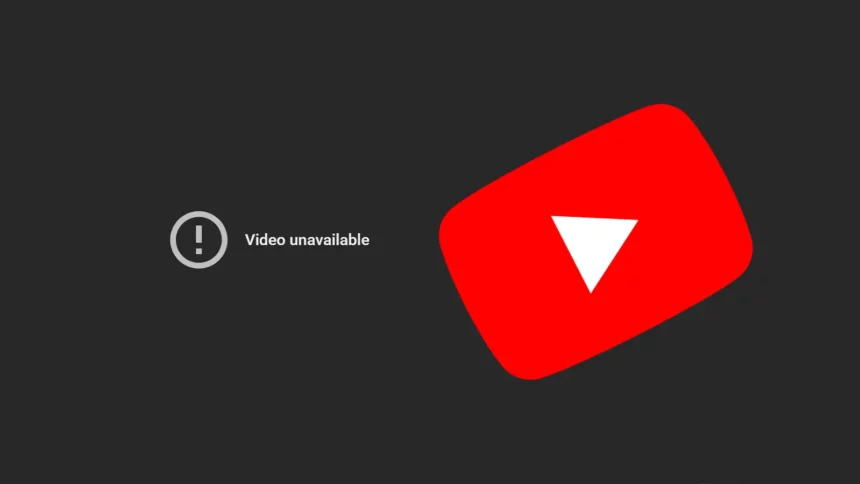YouTube Experiences Widespread Outage: What Happened?

Introduction
On March 15, 2023, YouTube, one of the world’s leading video-sharing platforms, experienced a significant outage that rendered the service inaccessible to millions of users across the globe. This incident has underscored the importance of reliable online services, especially as remote work and digital entertainment have become paramount in contemporary society.
The Incident
Reports began flooding social media platforms around 10:00 AM GMT, with users from various regions including North America, Europe, and parts of Asia reporting difficulties ranging from slow loading times to complete blackouts. Popular platforms like Twitter saw a surge in activity as users took to these channels to express their frustrations and seek updates.
YouTube’s official Twitter account acknowledged the outage shortly after it began, stating, “We are currently working on resolving a playback error affecting users. Thank you for your patience, and we apologise for the inconvenience.” The nature of the issue appeared to stem from server overload, which is often a result of increased traffic and a surge of users attempting to access the site simultaneously.
Response and Resolution
After approximately three hours, YouTube announced via social media that the issues had been resolved and that normal service had resumed. Technicians worked efficiently to restore functionality, but the downtime raised questions about the platform’s infrastructure and its ability to handle peak loads. This incident serves as a reminder of the fragility of internet services, even among the largest and most well-funded companies.
Broader Implications
While the immediate impact of the YouTube outage was frustration among users, the event has broader implications for the digital landscape. Content creators and businesses that rely on YouTube for income faced significant disruptions, highlighting the risks involved in reliance on singular platforms for monetization. Additionally, the outage reignites discussions around the need for diversified content distribution channels, as well as the importance of robust infrastructure to support modern digital demands.
Conclusion
As we move forward in an increasingly digital world, the YouTube outage serves as a critical reminder of the vulnerabilities associated with online platforms. Users and stakeholders alike must remain vigilant, advocate for better service resilience, and continue exploring multiple avenues for content sharing and income generation. Understanding the risks can empower users and content creators to mitigate similar challenges in the future, ensuring that they are prepared for any potential service disruptions.








